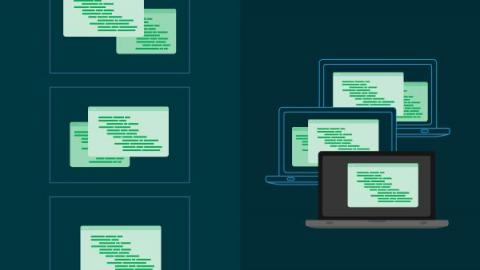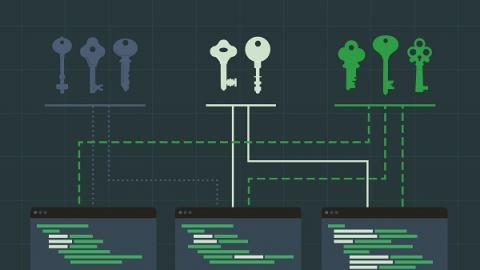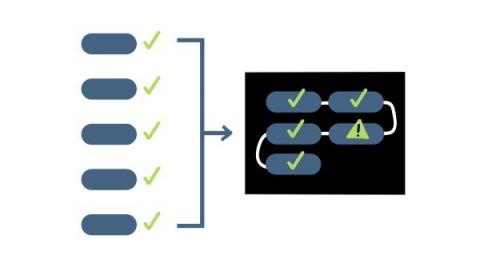Operations | Monitoring | ITSM | DevOps | Cloud
October 2022
Run self-hosted CI jobs in Kubernetes with container runner
Container runner, a new container-friendly self-hosted runner, is now available for all CircleCI users. Self-hosted runners are a popular solution for customers with unique compute or security requirements. Container runner reduces the barrier to entry for using self-hosted runners within a containerized environment and makes it easier for central DevOps teams to manage running containerized CI/CD jobs behind a firewall at scale.
Turo's approach to reliability with real-world objects ft. Avinash Gangadharan
Using CI/CD to deploy web applications on Kubernetes with ArgoCD
GitOps modernizes software management and operations by allowing developers to declaratively manage infrastructure and code using a single source of truth, usually a Git repository. Many development teams and organizations have adopted GitOps procedures to improve the creation and delivery of software applications. For a GitOps initiative to work, an orchestration system like Kubernetes is crucial.
What is container orchestration?
Containerization is a type of virtualization in which a software application or service is packaged with all the components necessary for it to run in any computing environment. Containers work hand in hand with modern cloud native development practices by making applications more portable, efficient, and scalable.
How automation drives DevOps
DevOps is the combination of software development and IT operations. It is a set of tools and methodologies designed to speed up the development of a product and facilitate efficiency throughout its lifecycle. DevOps can increase the rate at which applications and updates are delivered by managing and automating the monotonous and repetitive tasks that plague the development and deployment process.
Overview | CircleCI's configurable iOS resources
Deploy a serverless workload on Kubernetes using Knative and ArgoCD
Containers and microservices have revolutionized the way applications are deployed on the cloud. Since its launch in 2014, Kubernetes has become a standard tool for container orchestration. It provides a set of primitives to run resilient, distributed applications. One of the key difficulties that developers face is being able to focus more on the details of the code than the infrastructure for it. The serverless approach to computing can be an effective way to solve this problem.
Containers vs virtual machines: what is the difference?
In computing, virtualization is the creation of a virtual — as opposed to a physical — version of computer hardware platforms, storage devices, and network resources. Virtualization creates virtual resources from physical resources, like hard drives, central processing units (CPUs), and graphic processing units (GPUs). By virtualizing resources, you can combine a network of resources into what appears to users as one object.
Share secrets with standalone projects with project context restrictions
Introducing project context restrictions for GitLab organizations. This feature enables project-based restrictions on contexts for standalone projects that are not tied to a VCS. Standalone projects are available at this time only with a GitLab integration with CircleCI. In this blog post, we hope to explain the value of this feature and how it can be used to further secure your workflows.
Virtualization Technology | A Brief Overview
Component testing vs unit testing
Testing is a vital part of the software development lifecycle. It plays an important role in the continuous integration/continuous deployment (CI/CD) pipeline, enabling developers to release dependable, resilient, and secure software consistently. There are many types of testing and testing methodologies: end-to-end testing, dynamic testing, integration testing, and others. This article focuses on component testing and unit testing.
CI/CD for Unity game development with GameCI's Unity orb
We recently partnered with GameCI to bridge the gap between CircleCI and the game development scene. This partnership brought forth the Unity orb, a reusable component of config you can plug into your CircleCI configuration file to build and test your Unity projects. For a while now, continuous integration and delivery have been part of the software development cookbook of several software houses and IT departments. However, this is often not the case in game development.
















